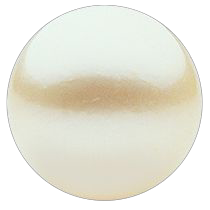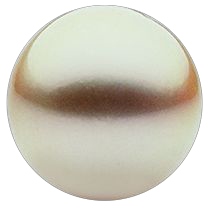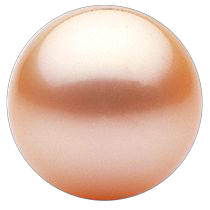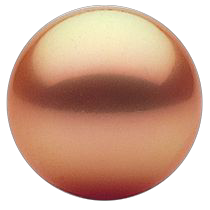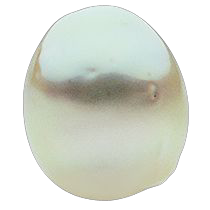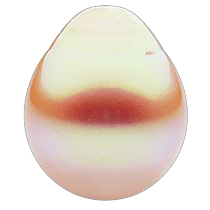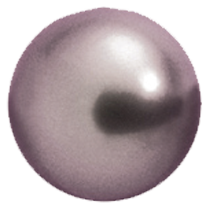Of all the pearls across the globe, there is one that is rare and revered. In pristine waters where the temperature is gentle and the atmosphere nurturing, there is a pearl with a strange perfection which bears the fingerprint of forever, the South Sea pearl.
The South Sea pearl is a labour of love, spending two silent years within the host oyster – the Pinctada maxima (commonly known as the silver or gold lip) or the Pinctada margaritifera (commonly known as the black lip). The breathtaking gift that is finally delivered into our world is well worth the wait.
AUTORE’s critically acclaimed pearl classification guide, the AUTORE Five S’s™ was launched in 2007 and continues to play an important role as an educational tool to build confidence for consumers and retailers to buy, sell and wear South Sea pearls.
Rosario Autore developed the South Sea Cultured Pearl Classification Guide which has been recognised by the respected Gubelin Gem Laboratories. The guide considers the quality of a South Sea Pearl based on its Shine, Surface, Shade, Shape and Size, and provides an in-depth explanation to understand pearl classification.
The AUTORE Five S’s is a registered trademark of Autore Pearls Pty. Ltd.
The remarkable success of The Autore Group is testament to the innovative vision of one man - Founder and CEO - Rosario Autore. Rosario’s commitment to the industry has truly revolutionised the international wholesaling of South Sea pearls. Rosario has been involved in the South Sea pearling industry for more than 30 years.
The development of a comprehensive pearl grading system and valuation service, along with Rosario’s personal approach to business, earned the Group recognition and the respect of wholesale buyers, retailers and consumers the world over.
The 5 board categories of lustre
There are two essential aspects to be considered when assessing the surface of a pearl: blemishes and grain.
Blemishes
The surface of a pearl is essentially its skin. Because South Sea pearls have layers of lustrous nacre built up over time, a flawless surface is extremely rare.
As pearls are a gift of nature from a living mollusc, the most beautiful and valuable pearls may still have slight imperfections which appear in the form of small blemishes. These naturally bestowed ‘beauty marks’ characterise each pearl as an individual creation.

Grain
The pearl grain refers to the composition of the pearl’s skin and its structure. The tighter the structure of the pearl, the less evident is its grain. The grain will appear as slight ripples on the pearl’s surface.
Grading
A grading system has been developed by AUTORE to identify the extent of visible blemishes, regardless of type.
Sometimes an individual pearl or strand can be classified with more than one of these grades. A single pearl, in this case, would mean it is in between grades and a strand would be made of pearls with different grades.
South Sea pearls come in a variety of shapes, making them an incredibly difficult gem to classify without a professionally trained eye. A product of nature, each pearl is individual and unique.
The major categories of South Sea pearl shapes are; round, near round, drop, button, baroque and circle. With the exception of round and near round pearls, there is a variation of different types within each shape category. However, to simplify pearl shapes, some general principles can be applied.
White shades
Yellow shades
Black Shades
The black range varies from aubergine, peacock greens to beautiful shades of blue and grey.
South Sea pearls are renowned for their large sizes.
Size
The Pinctada maxima oyster is the largest species of oyster capable of producing a pearl. South Sea pearls are measured in millimetres and commonly range from 9-20+mm, with the majority falling within a range of 10-17mm. Though extremely rare, the irregularly shaped baroque South Sea pearl can reach sizes of up to 40mm or more. The largest fine quality, round South Sea pearl cultivated by one of our producers measured in at a magnificent 22.8mm.
Pearls are generally measured using a milligauge which can measure the pearl to within 0.01mm accuracy. The exception is in relation to the size of baroque pearls which is usually impossible to measure by milligauge because of their irregularity. Consequently, baroque pearls are measured by sieve.
Weight
The weighing unit for pearls is momme, an old Japanese measure of weight still used for all pearls. One momme is equal to 3.75 grams or 18.75 cts





















